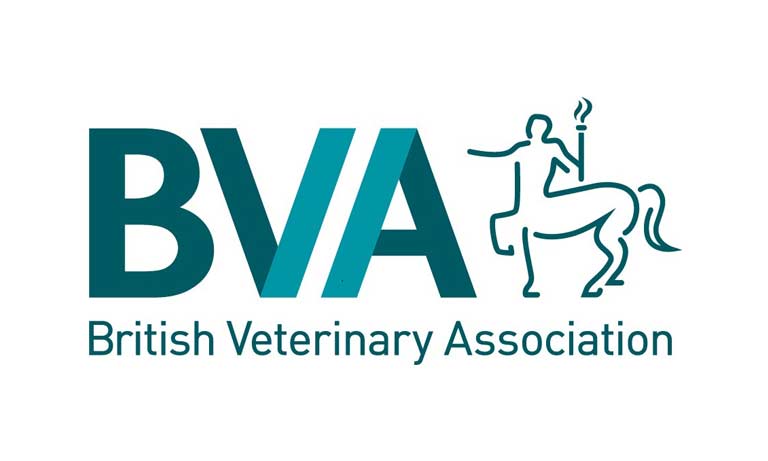Brucella canis: what vets need to know
14 Feb 2024
29 May 2019 | David Harwood
David Harwood, Reader in veterinary field pathology at the University of Surrey, explores how Veterinary Investigation Officers are the crucial link between private veterinary surgeons, farmers, and Government in making disease surveillance breakthroughs.

I worked as a veterinary investigation officer (VIO) for what is now referred to as APHA for 31 years - initially at the laboratory in Carmarthen and then latterly in Winchester. During this time, although my salary was being paid by government, I was undertaking my day to day tasks on behalf of three beneficiaries:
The benefits to the farmer and their vet are obvious, but just how does government benefit?
The role of a Veterinary Investigation Officer is often described as the “eyes and ears” of the Minister – constantly on the lookout for something unusual that may affect animal or public health. This may be a new and emerging problem, notifiable disease that may have been overlooked or not initially considered, welfare infringements, conditions that may have zoonotic/public health implications. This information is also used to provide monthly or yearly comparisons on the incidence of the more commonly encountered endemic diseases in the UK using Veterinary Investigation Diagnostic Analysis (VIDA) data collected on each submission received by those laboratories contributing throughout Great Britain.
However, not all surveillance information results from laboratory examination and testing and arriving at this information can be a lot more rewarding that you may think. Ultimately, making surveillance breakthroughs is all about communication and a fair bit of detective work – as the following two examples illustrate.
I was the first to report my suspicion of a particularly severe outbreak of foot lameness in a sheep flock in Sussex, which was eventually given the term Contagious Ovine Digital Dermatitis (CODD). I received a phone call from the veterinary practitioner wanting to discuss the outbreak, and we decided based on the information he gave, that a joint farm investigation visit may be a next step. I recall on arrival seeing 13 ewes that were recumbent around the building in a recently established flock of 580 in lamb ewes, many which had been purchased the previous year. Foot lesions were particularly severe, with some individual claws having been shed. The flock was very well managed, and there was no evidence of classical footrot. Despite several control measures being put in place, cases escalated rapidly. A letter to Vet Record was quickly published, asking for information on further cases, and full laboratory and epidemiological assessment resulted in this new disease being evaluated and a case definition developed.
In a separate incident, I received a phone call from a private vet who had just completed a dairy cow fertility visit, when he was asked to look at some pheasants in pens on his drive out of the estate. He phoned to discuss the submission of affected birds that he described as having “twisted necks” and having difficulty moving around. As I was unable to rule out the possibility of notifiable disease by telephone, I asked him to remain on the estate, and immediately phoned the Reigate animal health office asking for an available veterinary officer to visit. Dead birds and culled affected birds were collected and sent for PME to Weybridge – and Newcastle Disease was confirmed.
As a result of post mortem examination and follow up, I have also reported and published about:
And more unusual conditions such as nasal actinobacillosis in adult suckler cows, and malignant catarrhal fever in Kunekune pigs.
All these examples began on farm, and relied on good surveillance activity and collaboration between farm, private vet, and the APHA laboratory service. The number of Veterinary Investigation Centres (VICs) has been drastically reduced over the past few years, but new mechanisms for gathering this valuable post-mortem data have been developed via a number of differing APHA partner post-mortem providers. These must be maintained and enhanced as a matter of urgency.>
Read BVA’s full position on veterinary scanning surveillance (animal health and disease monitoring), which sets out 25 recommendations for how the veterinary profession can work with UK Governments to optimise the existing surveillance network.
See more information about services available via the APHA Vet Gateway: ‘Surveillance and Diagnostics’ information and services page
Get tailored news in your inbox and online, plus access to our journals, resources and support services, join the BVA.
Join Us Today